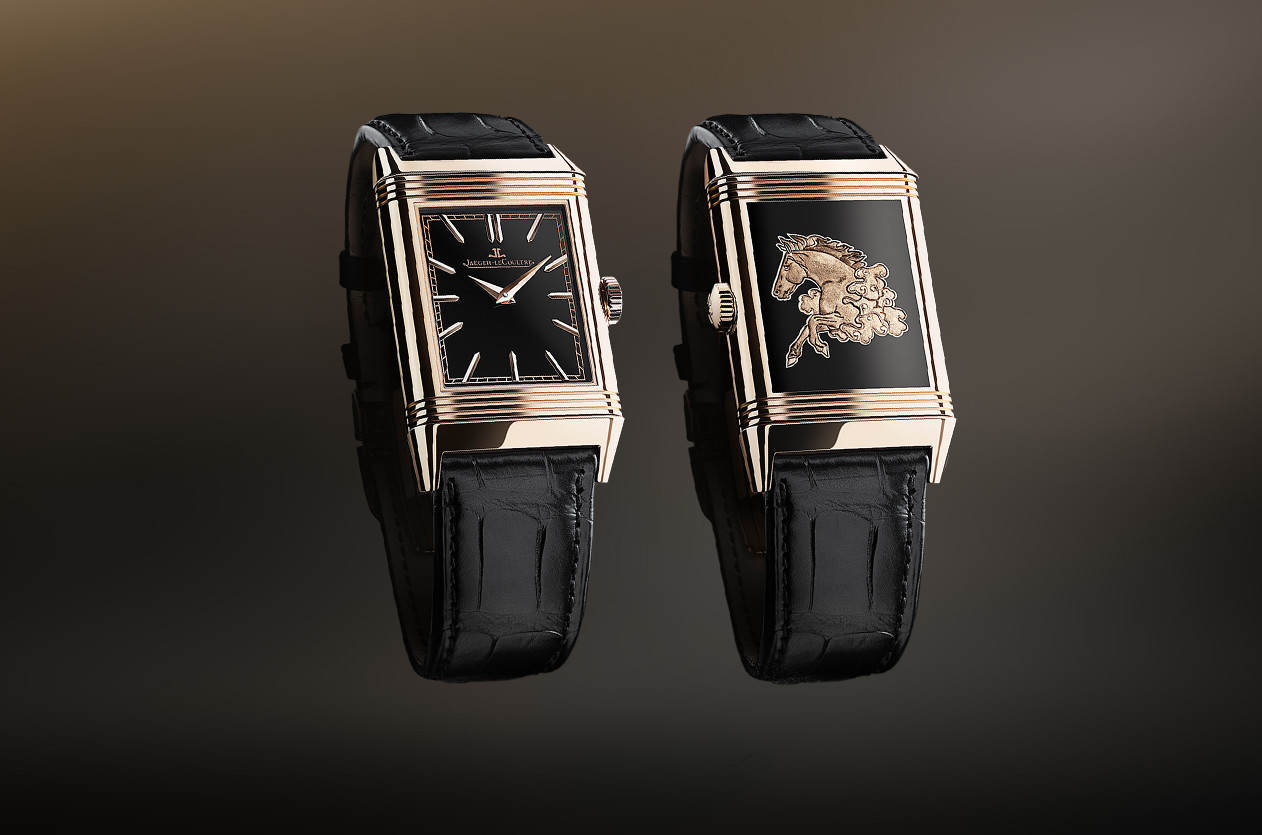
Introducing Jaeger-LeCoultre Unveils the Reverso Tribute Enamel Horse
Welcome to the hub of the horoloy
The engineering and evolution behind one of the most complicated mechanisms in mechanical watches

The modern calendar system can be traced back to the actions of Gregory in 1582. He introduced the Gregorian calendar as a corrective measure to address deficiencies in its predecessor, the Julian calendar. The crux of the issue lay in the discrepancy between the calendar year, comprising 365 days divided into 24-hour days, seven days a week, and months with 30 or 31 days, with February allotted 28 days, resulting in a total of 365 days. However, this duration falls short of the solar year, the time it takes for Earth to complete one orbit around the Sun, which spans approximately 365 days, five hours, 49 minutes, and 16 seconds. To rectify this misalignment, Pope Gregory XIII introduced February 29th as a leap day, occurring once every four years. Yet, this adjustment creates a surplus, prompting the omission of the leap day in years divisible by four but not by century. Nonetheless, this rule is overridden in years divisible by 400.
This brings us to the complication we adore so much: the perpetual calendar. Now that you grasp the intricacies of the leap year concept, you can appreciate the immense challenge involved in designing a mechanism that encompasses dates, days, months, years, the cycle of 30 to 31 days, the 28-day month of February, the additional day every four years, the exception of the leap day in every 100th year, the inclusion of the leap day in every 400th year, and so forth. In 1762, English watchmaker Thomas Mudge accomplished precisely that. He pioneered the perpetual calendar complication within a pocket watch. and yes, the perpetual calendar was invented first before the annual calendar.
The distinction between the perpetual and annual calendar lies in their operational functions. While an annual calendar necessitates manual adjustment once a year to accommodate the leap year, the perpetual complication's design inherently accommodates leap years. Consequently, it can operate seamlessly without requiring manual adjustments for extended periods, spanning hundreds of years. Among the most captivating and intricate complications found in watches is the perpetual calendar. In this article, we will delve into its historical evolution.
 Date displays come in five varieties: the day-date, the triple calendar (or complete calendar), the annual calendar, the perpetual calendar, and the equation of time (or EOT perpetual calendar). The latter two are the most intricate and sophisticated of the group, The perpetual calendar complication shows the date, day, month, and year. More importantly, it automatically takes into account the leap years over the course of a century. Once a century, a perpetual calendar watch will require manual adjustment to account for when the leap year is bypassed. In addition to sharing the features of a typical perpetual calendar complication, the EOT perpetual calendar features two additional measurements. These include the difference between our standard “calendar time” and the actual “solar time” in minutes. The classic perpetual calendar and the EOT perpetual calendar complications are rare. As a result, they add considerable value to the cost of a timepiece.
Date displays come in five varieties: the day-date, the triple calendar (or complete calendar), the annual calendar, the perpetual calendar, and the equation of time (or EOT perpetual calendar). The latter two are the most intricate and sophisticated of the group, The perpetual calendar complication shows the date, day, month, and year. More importantly, it automatically takes into account the leap years over the course of a century. Once a century, a perpetual calendar watch will require manual adjustment to account for when the leap year is bypassed. In addition to sharing the features of a typical perpetual calendar complication, the EOT perpetual calendar features two additional measurements. These include the difference between our standard “calendar time” and the actual “solar time” in minutes. The classic perpetual calendar and the EOT perpetual calendar complications are rare. As a result, they add considerable value to the cost of a timepiece.
How Does a Perpetual Calendar Work?
The perpetual calendar complication, known in French as the Quantième Perpétuel, is both intricate and extraordinary. It involves anywhere from one hundred to two hundred additional parts and requires weeks or even months to create. Unsurprisingly, it demands extraordinary engineering capabilities. The design of perpetual calendar mechanisms varies among manufacturers, but typically, they feature a programmed date wheel with twelve sectors, each representing one of the twelve months in a year. Every sector contains a unique perpetual cam with various markings corresponding to the length of each month. For instance, the markings for months with thirty days may feature a shallower notch compared to those for months with thirty-one days. A perpetual lever then pivots, pressing against the perpetual cam and connecting it to the date wheel. Depending on the position of the perpetual lever in relation to the depth of the marking on the perpetual cam, the mechanism determines how many steps the day index should advance at the end of the month.
The inclusion of February adds another layer of complexity to this already intricate process. To account for leap years, an additional rotating piece is positioned beneath the date wheel specifically for the month of February. This piece typically consists of four sectors, representing three standard years and the leap year occurring every four years. Each year, it undergoes rotation. During the three standard years, the perpetual lever is adjusted to engage on February 28th, based on the depth of the markings on the wheel. However, during the leap year, the lever is positioned to engage with a different marking, thus triggering the date February 29th.

The history of the perpetual calendar complication dates back to the mid-1700s. In fact, the function actually pre-dates the annual calendar by many decades. An English horologist named Thomas Mudge invented the earliest known watch with a perpetual calendar complication in 1762. Mudge made a name for himself in watchmaking at an early age. He invented the detached lever escapement in 1755. The original perpetual calendar pocket watch currently resides at The British Museum in London. After Mudge’s invention, the complication didn’t appear again for about 100 years. In 1864, Patek Philippe created a pocket watch featuring the intricate function. It took them 25 years to patent the mechanism in 1889. Still, it wasn’t until several decades later that the complication saw incorporation into the first wristwatch.

Patek Philippe was also the creator of the first perpetual calendar wristwatch. They produced the first compact perpetual calendar movement just about ten years later in 1898 for a women’s pendant watch. Then, in 1925, a wealthy collector of Patek Philippe watches named Thomas Emery commissioned the first wristwatch featuring the complication. Patek Philippe used the same compact, 34.4mm caliber created in 1898. It took them two years to produce the intricate timepiece. Breguet was the next brand to create a perpetual calendar wristwatch, just a few years later in 1929. Their compact movement was even smaller than Patek Philippe’s, measuring just 22.5mm. Jaeger-LeCoultre followed Breguet several years later in 1937.

Like the original perpetual calendar wristwatch made by Patek Philippe, most of the early perpetual watches were commission timepieces. It wasn’t until the 1940s that serial production of the watches ramped up. Then, it wasn’t until the 1960s that the first automatic perpetual calendar watches began hitting the market with the iconic reference 3448; . Another significant moment for the perpetual calendar complication came in 1985. That year, IWC made one of the most profound advancements in the complication’s mechanism. They designed a synchronized caliber that uses only a single crown for adjustment, as one would for a simpler timepiece. Today, the complication continues to fascinate watchmakers and watch enthusiasts. Some of the most elaborate and expensive timepieces feature the perpetual calendar complication, making them highly valuable. The perpetual calendar function doesn’t just serve the practical purpose of showcasing the day, date, and month without adjustment. It serves to elevate the craft of watchmaking itself

Throughout time, perpetual calendar complications became synonymous with luxury and sophistication. Swiss watchmaking houses, including Patek Philippe, Audemars Piguet, and Vacheron Constantin, vied to create ever more intricate and precise perpetual calendar watches.
Innovations such as the perpetual lever escapement and the retrograde perpetual calendar further enhanced the functionality and reliability of these timepieces. With each passing decade, watchmakers pushed the boundaries of what was thought possible, culminating in the creation of masterpieces of horological artistry.
 De Bethune DB25 Perpetual Calendar
De Bethune DB25 Perpetual Calendar
In the contemporary era, perpetual calendar complications continue to captivate enthusiasts with their blend of tradition and innovation. Cutting-edge materials, computer-aided design, and precision manufacturing techniques have elevated perpetual calendar watches to new heights of excellence.
Today, a diverse array of perpetual calendar watches graces the collections of discerning aficionados around the globe. From classic dress watches to sporty chronographs, the perpetual calendar complication remains a symbol of elegance, sophistication, and timeless beauty.
The history of the perpetual calendar complication is a testament to the enduring quest for precision and mastery over time. From its origins in ancient civilizations to its modern-day incarnation as a pinnacle of horological craftsmanship, the perpetual calendar continues to fascinate and inspire. As we gaze upon these mechanical marvels, let us marvel at the ingenuity of those who came before us and celebrate the timeless allure of the perpetual calendar complication.

Opinion Four Brands Poised to Steal the Spotlight at Geneva Watch Days 2025

News Trump Hits Swiss Imports With 39% Tariffs

News 6th Edition of Geneva Watch Days 2025
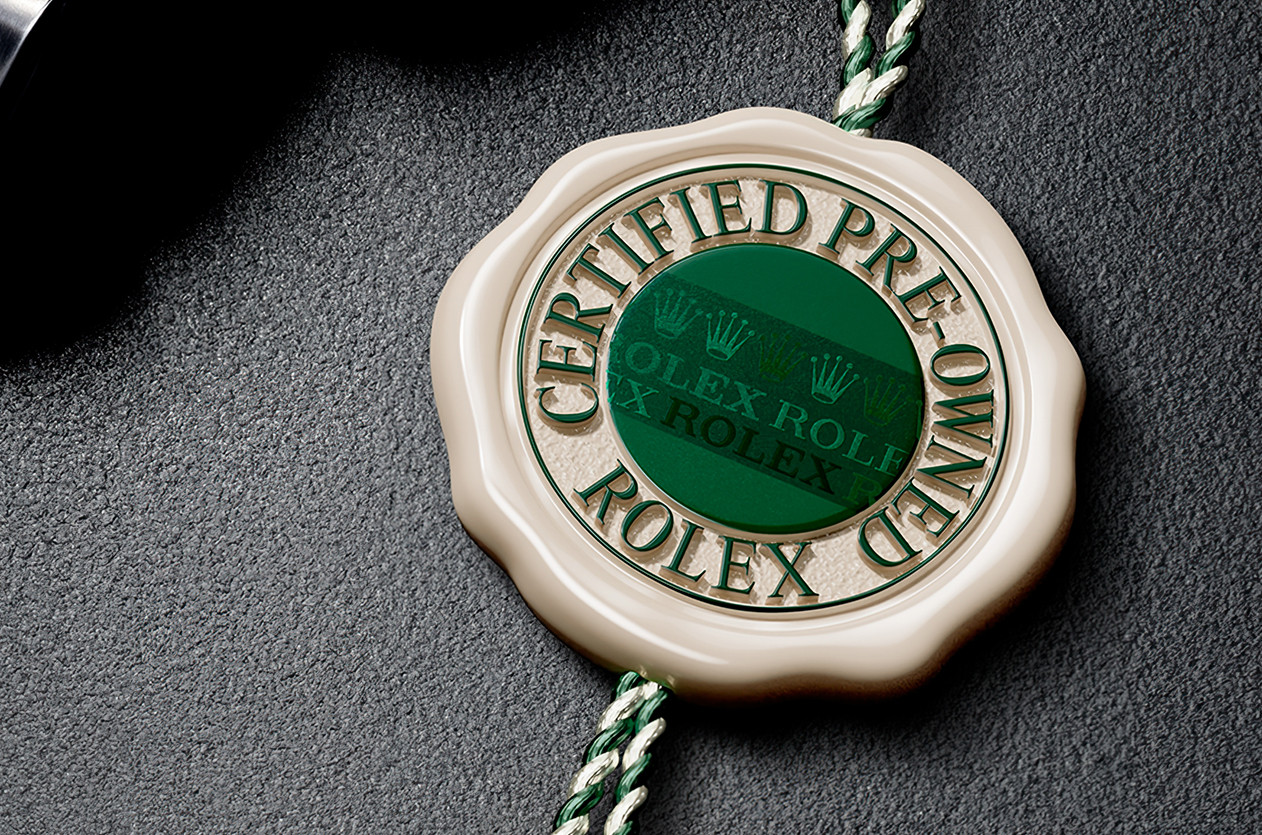
Editorial What is the reason behind the scarcity of Rolex watches in boutiques?

Introducing H992: A New Independent Brand Rising in Swiss Watchmaking

News Dubai Watch Week 2025 Will Be the Largest Ever with 90 Brands Participating

Technical The Frequency, Why It Matters in Mechanical Watches
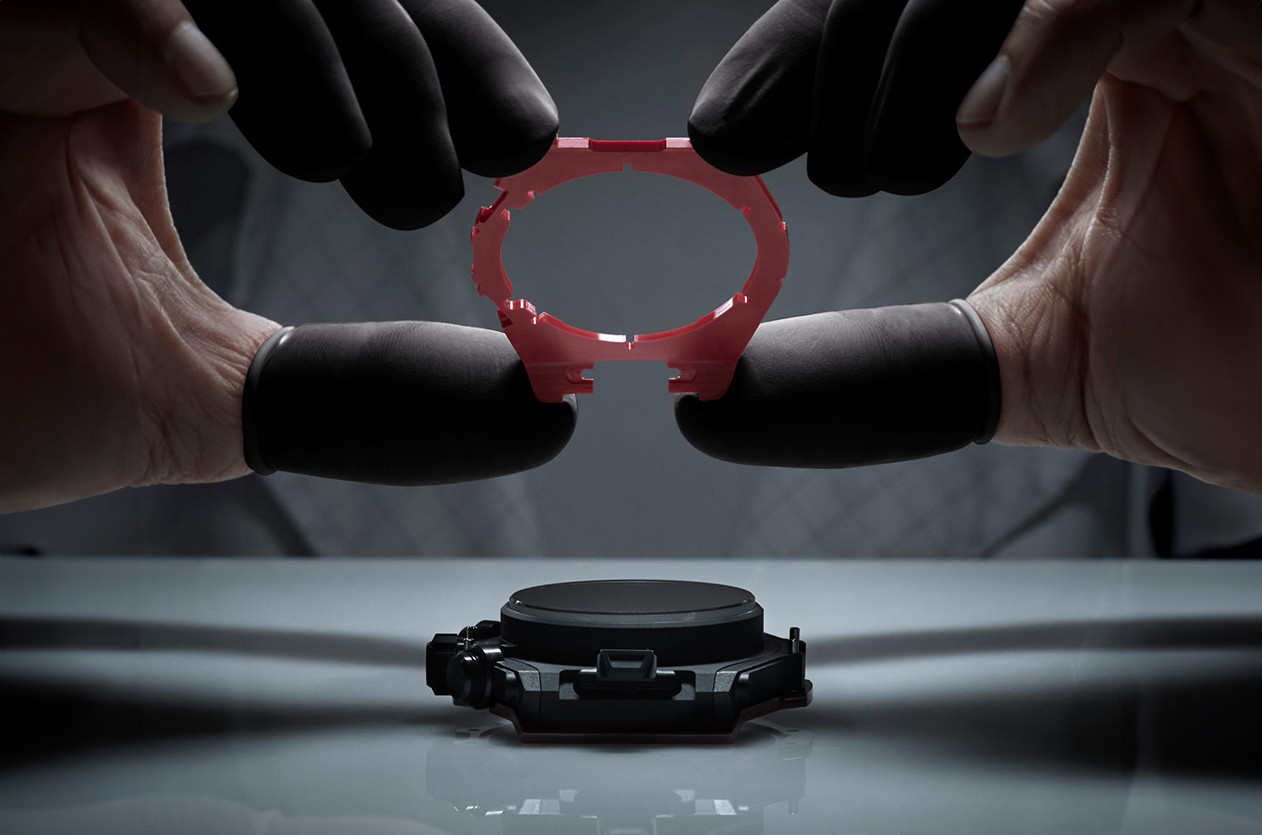
Editorial The Secrets of Watch Case Design
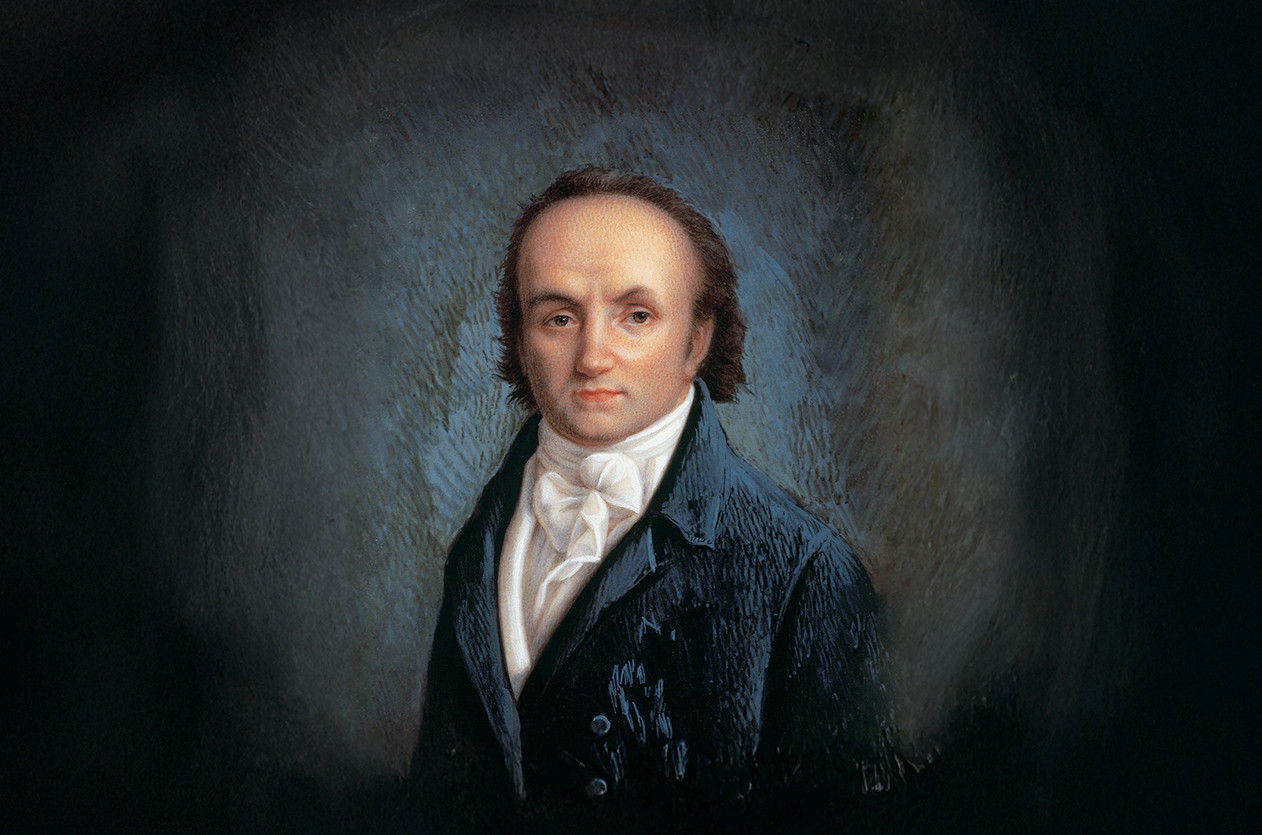
Editorial Abraham-Louis Breguet, The Father of Modern Horology
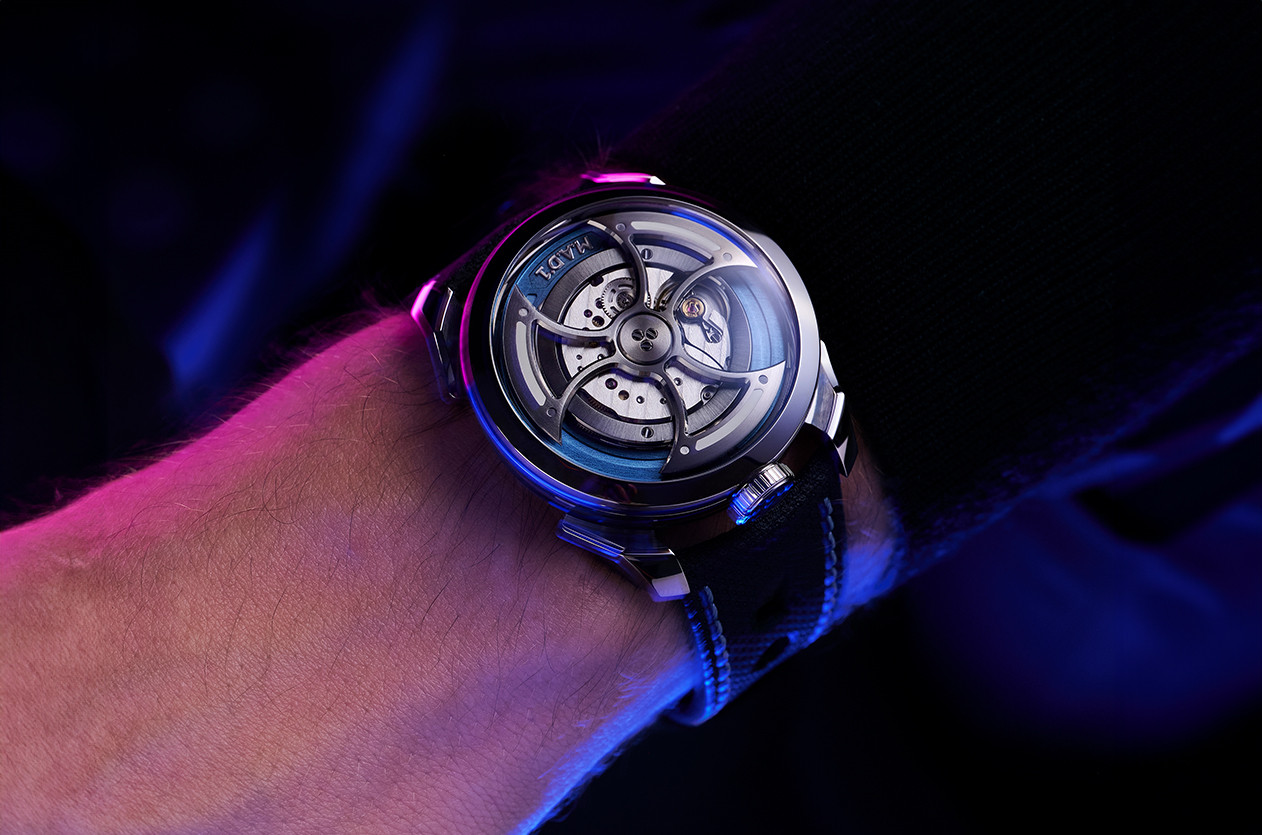
Introducing MB&F Unveils the New Generation of Its Famous Collection the M.A.D.1S
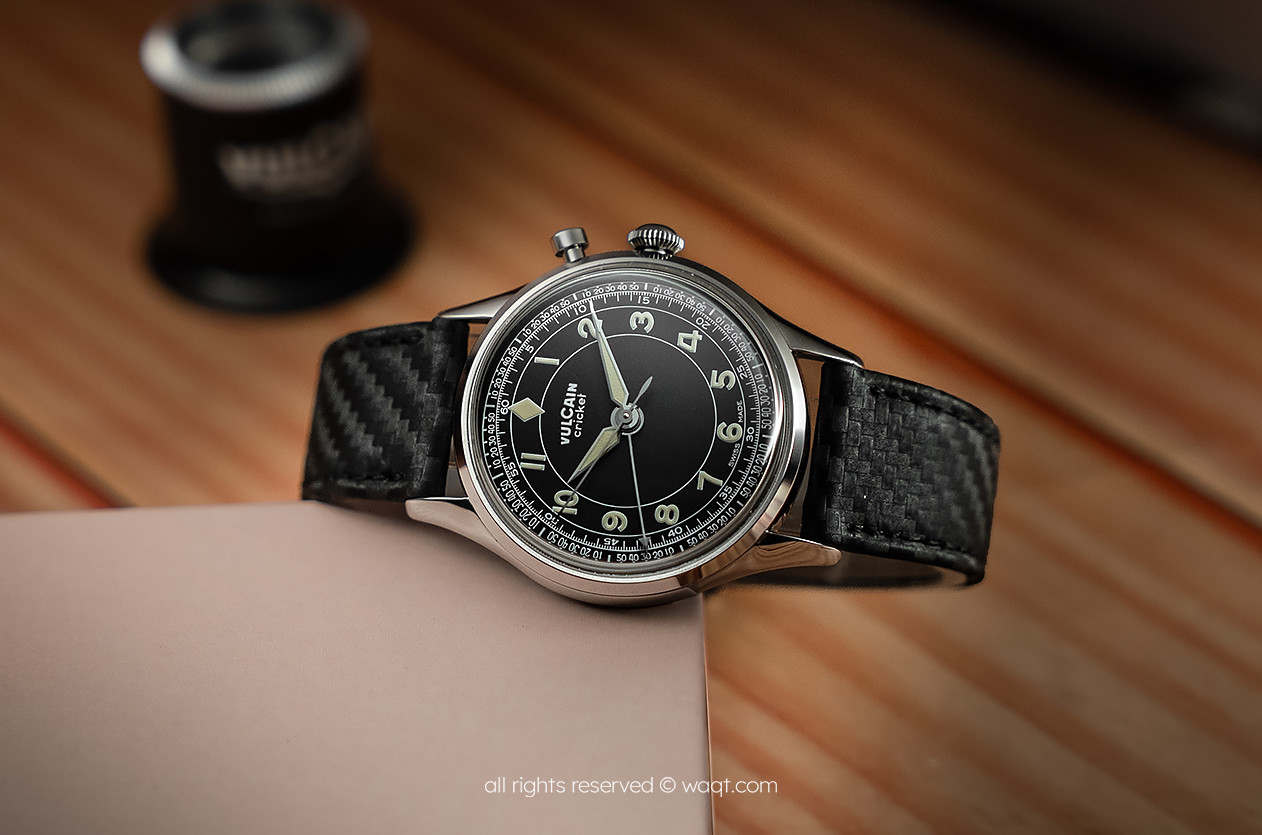
Hands on Vulcain Cricket Classic 39mm Black & Khaki
Comment Delete Text
This page is available in English only. Please click below to visit Arabic Home page!